India is not only going through an epic cocktail revolution, it’s acing at it. Our crafty homegrown spirits, skilled mixologists, and experimental, experience-seeking consumers are changing tides and influencing our drams. The play of hyper-localisation, storytelling, and nostalgia is the new flex, and that’s putting India on the front.
The Covid play
Covid has played quite the catalyst. Simply put, while liquor stores were shut, we opened our cabinets, picked the spirits we had, opened the fridge, grabbed whatever ingredients we could, went a tad loco, and crafted new cocktails every single day. Families sat together and discussed proportions, glassware, ice, and garnishes that went into their drinks. When did that happen before? Not only did that push experimentation then, it now has become the norm to demand something that solicits creativity. And now that we can make decent drinks at home, stepping out comes with an expectation of encountering something unique and unprecedented, something that can’t be done at home. Our bars are graduating as consumers are. But, how’s it happening? And why now?
How did it begin?
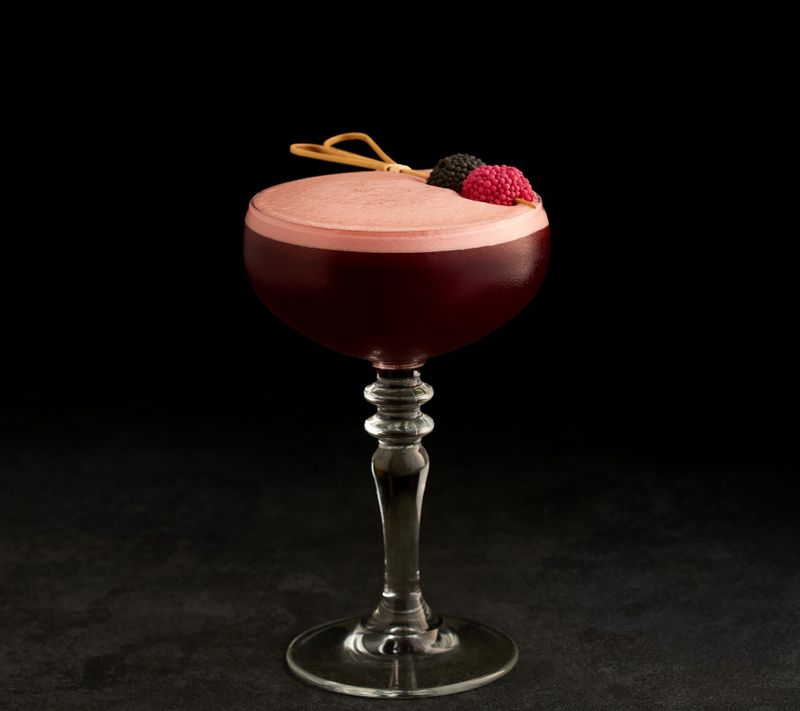
Amongst the first Delhi bars to glamourise the idea of sincere India-oriented drinks was Ek Bar, with its cocktail program spearheaded by Nitin Tewari. He says: “Joints weren’t serious about drinks back then. They focused on serving food and with them just basic drinks. There came the wave where Indian food became serious and famous in a different light. So did the drinks that went along. The dearness for Indian produce grew and ‘local' took centre stage, changing mindsets in the process”. Ek Bar was amongst the first drivers of change back then, putting raw turmeric in cocktails, using local mango ginger, masala chai, etc. “These were flavours people already appreciated, we provided them in our drinks, and it worked well,” he added. During our rather casual conversation, something that stayed with me was the ease with which he said: “Mere hisaab se Indian wapis se ho gaya hai cool.”
Putting Indian ingredients first

Bar Tesouro was crowned the best in India and stood tall at #4 at Asia’s 50 Best Bars, 2022. Pankaj Balachandran, the brain behind the menu says: “the idea of Indianised drinks existed but no one tapped into it. Probably mixologists didn’t know how to handle local produce like feni, toddy, or mahua, as they do today. Mixologists and brands are now looking more inwards”. The bar has an entire menu dedicated to feni cocktails.
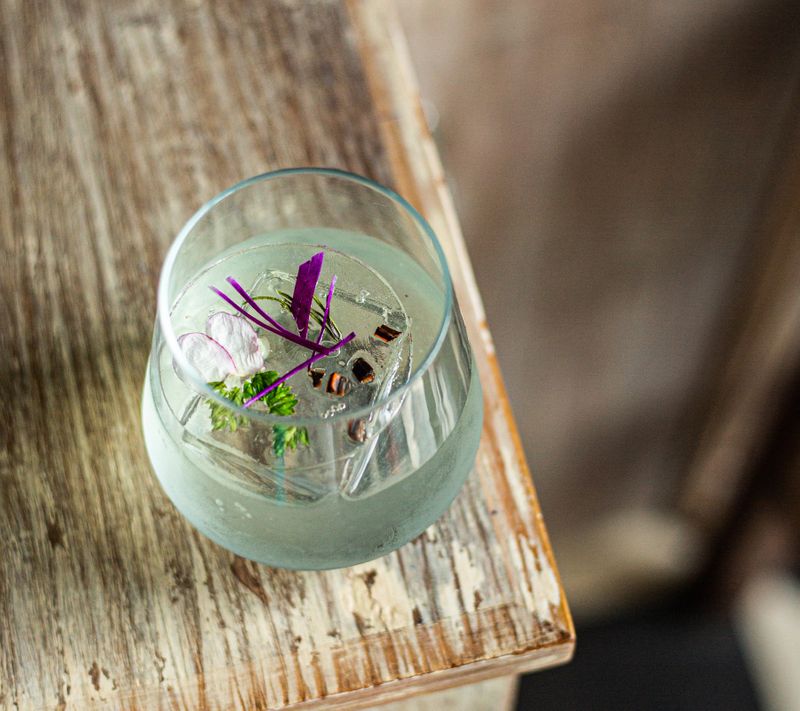
Karl Fernandes, Cazulo Feni’s Brand Ambassador says: “There’s a better understanding and an elevated regard for localisation now. There’s an entire ideology towards accepting different techniques like curing, pickling, creating your own tinctures, bitters, syrups, cordials etc. And brands have also learnt the right way of telling their stories, amplifying ingredients, culture, techniques, and sorts”. You visit Cazulo and you’ll be treated to several cocktails as a part of the tour, which are made with local produce like guava, jamun, raw mango, milk, cream, etc. Karl makes an excellent point. “Chillies by themselves are hot and could be inedible for most. Put them in a curry and it’ll make it sensible and enjoyable. The same idea applies to Indian spirits and ingredients in a cocktail.”
A play of nostalgia
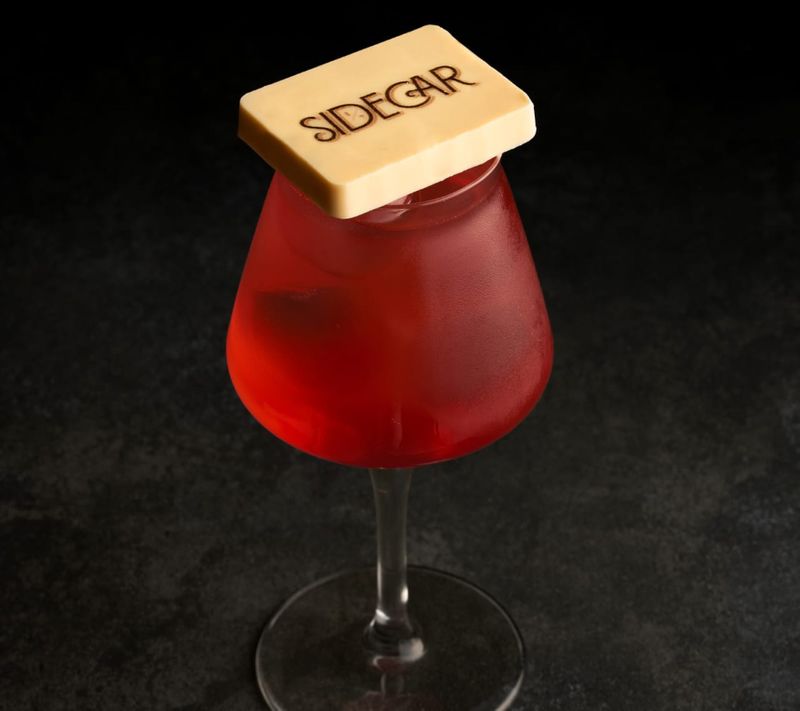
At times, the majority of what we drink are mixers. I recall my F&B lecturer once shared the best way to drink gin—with nimbu, kala namak, Limca, and a slit green chilli. I know it’s facepalm-able now, but back in 2005, without even a sincere tonic water on the shelf, that's how gin was to be drunk. And hey, it wasn’t the nicest of elixirs anyway, all these sweet mixers made it more tolerable. He added, the simplest of maths says your mixer has to be cheaper than your alcohol, and back then, as a student on budget, I was convinced. While things have changed now, nostalgia for those mixers have stayed.
Vedant Mehra of Greater Than says: “There’s very little point in picking a cocktail guide written by someone in London or New York and trying to find their liqueurs, bitters, amaros, and vermouths in India. We have ample local inspirations and we’re moving towards them. It’s already happening in small pockets everywhere. We asked our audience what they would like their gin to be mixed with and they pointed us towards the nostalgic mixers of India—jaljeera, Roohafza, aam panna, ganna ka juice, Palonji, coconut water, and whatnot. It makes total sense”.
Indian revolution with western drinks
Fullarton Distilleries is the home to Pumori gin, Woodburns whisky, and Segredo Aldeia rums. At their bar takeovers, you see a different breed of drinks—fat-washed drinks with kulfi, lagan nu custard-inspired nog, fermented banana peels, and more. “It’s clear we’re amidst a gin and rum revolution and there’s always space for new whiskies in the market. But it’s not truly a revolution if we take Indian-made spirits and make western drinks with them. Even the West looks at us for inspiration now. India has always laid emphasis on provenance of its ingredients, and through the drive of localisation, we’re also making it sustainable, and carbon footprint-light,” says Mohit Sadhnani who spearheads marketing at Fullarton.
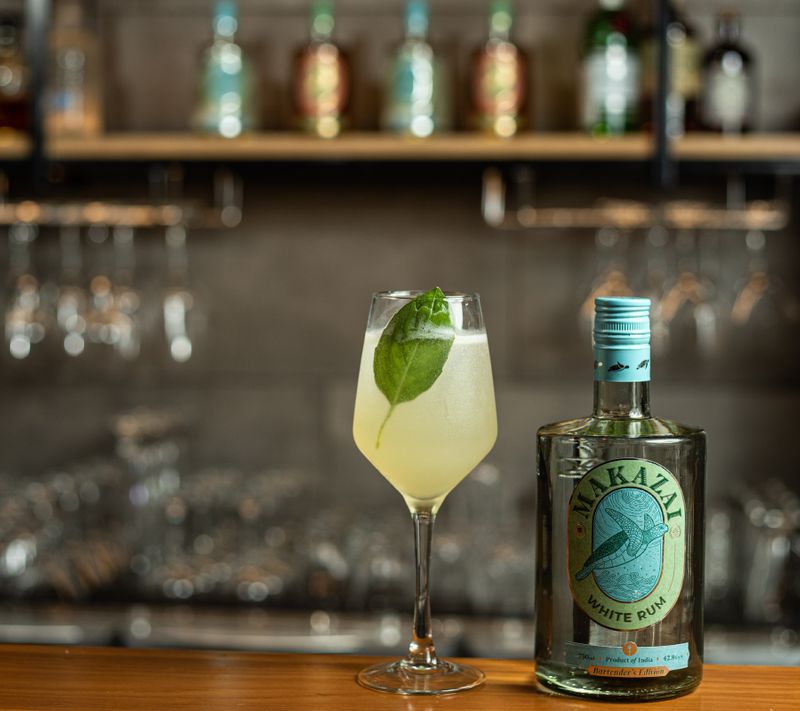
Abhirup Bhattacharyya of Makazai Rum concurs. “Consumers who’ve championed western classics are now asking for more. And we’re catering to them by adding a layer of innovation with an Indian twist. We promote drinking qualitatively and consciously, which includes everything—the ice, garnishes, even the glass in which drinks are served,” something that’s becoming increasingly noticeable.
Sustainable, financially viable
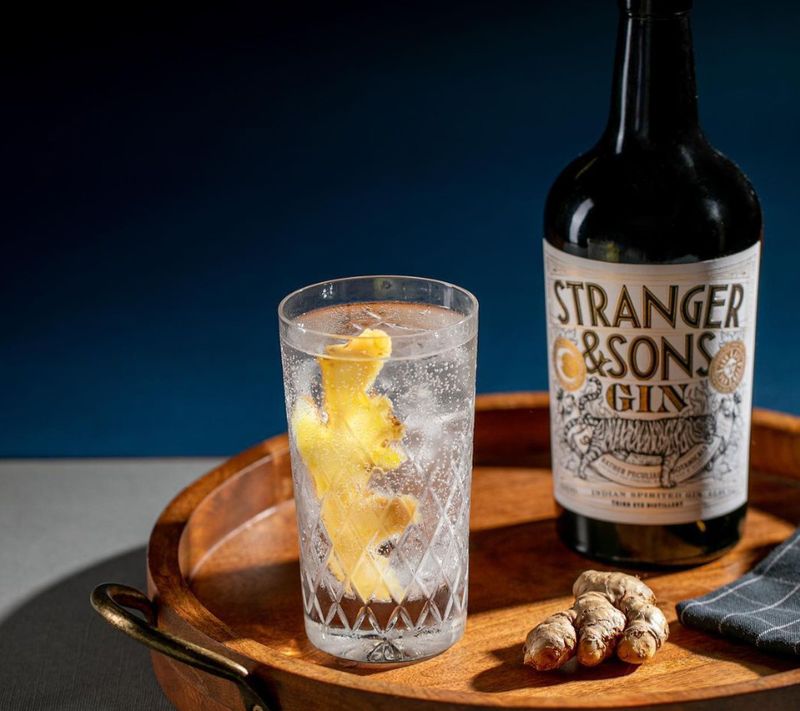
Sustainability is imperative, however, it has to be consistent and financially viable too. Stranger & Sons aced that game during the pandemic with their adaptation of pickling. Feruzan Billimoria says: “The art of pickling is Indian—it’s easy, relatable, inexpensive, and allows consistency. During Covid, bars were frequently shutting down. They’re expected to use fresh supplies, which back then wasn’t easy to do. Our pickles’ recipes helped them stay relevant and dish out great cocktails. They incorporate basic ingredients, they’re socially conscious, perishability isn’t a concern, and evoke nostalgia”. I made their pickles at home, which are effortless to prepare, and now there’s always a jar sitting in the fridge!
Consumer connect
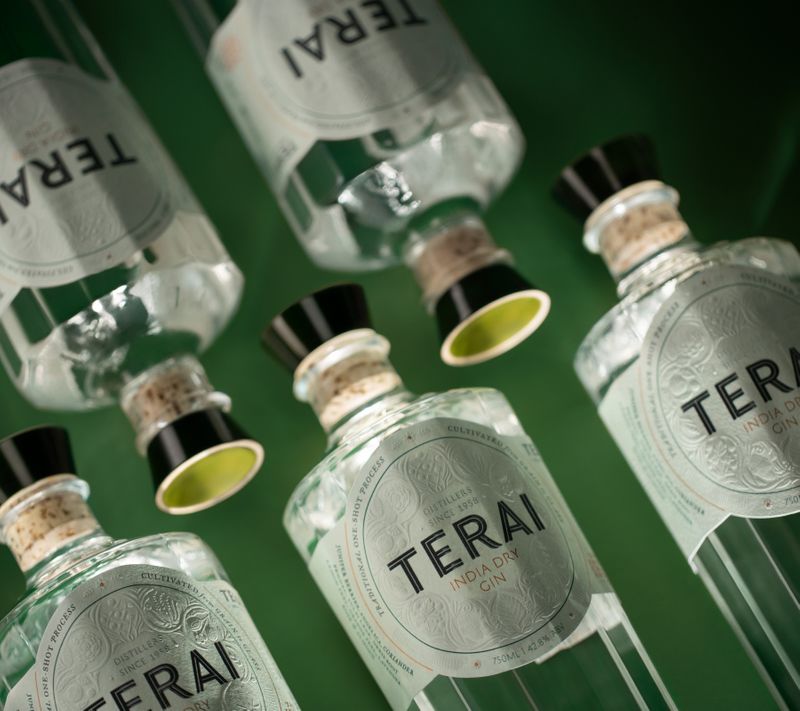
What’s also unprecedented by Indian spirits producers is connecting directly with their consumers. Tobias Carvalho of Terai Gin shares that this change is driven by a mix of many things—bartenders, brands, consumers, all included. Through numerous gin-fests and bar takeovers, consumers can now see the philosophy of the brand, the spirit, and the team behind them better. “They’ve come to know the ambassadors personally and their mixology styles. This only elevates their experience and creates a sense of oneness, a deeper connect between the brand, and its patrons. No doubt there are a growing number of events happening around Indian craft spirits.”
Not a fad

While all this has fuelled the Indian cocktail scene, is this a phase, a fad, or is this a trend here to stay? Rohan Matmary of Sidecar prophecies that with India’s ‘problem of plenty’, it’ll be a while before we run out of ideas. “The more we explore, the more we learn about new stuff to toy with, and it’ll easily be a decade before we exhaust ourselves”. With India securing eight berths out of 100 at Asia’s 50 Best Bars, 2022—we have extraordinary attention from the world, and with our backyards overflowing with indigenous ingredients, we can create our own modern classics for the world to relish.
The Indian cocktail scene is shining brighter with every passing day, brimming with a new sense of excitement from all ends. Stepping out for a drink is not just a social activity anymore, it’s a celebration of the craft and our senses in which consumers, producers, and mixologists are taking equal pride. With a promise of crafting new elixirs, the consumer will be left spoilt for choices. With this new stride, India is poised to grab and hold the world’s attention and only strengthen our spot not just as an aspirant, but as an inspirer.


_1661502258354_thumb_1200.jpeg?w=3840&q=75)

